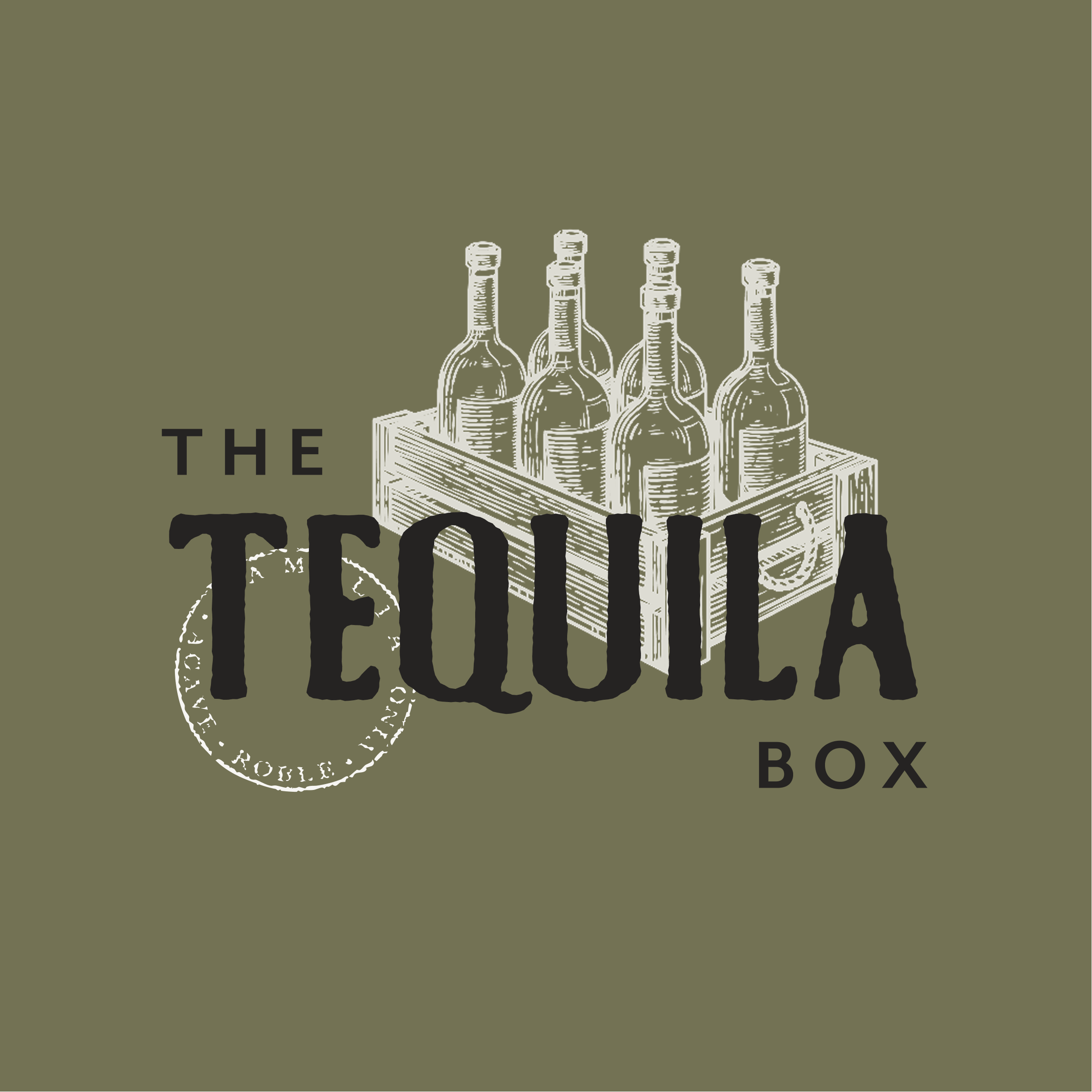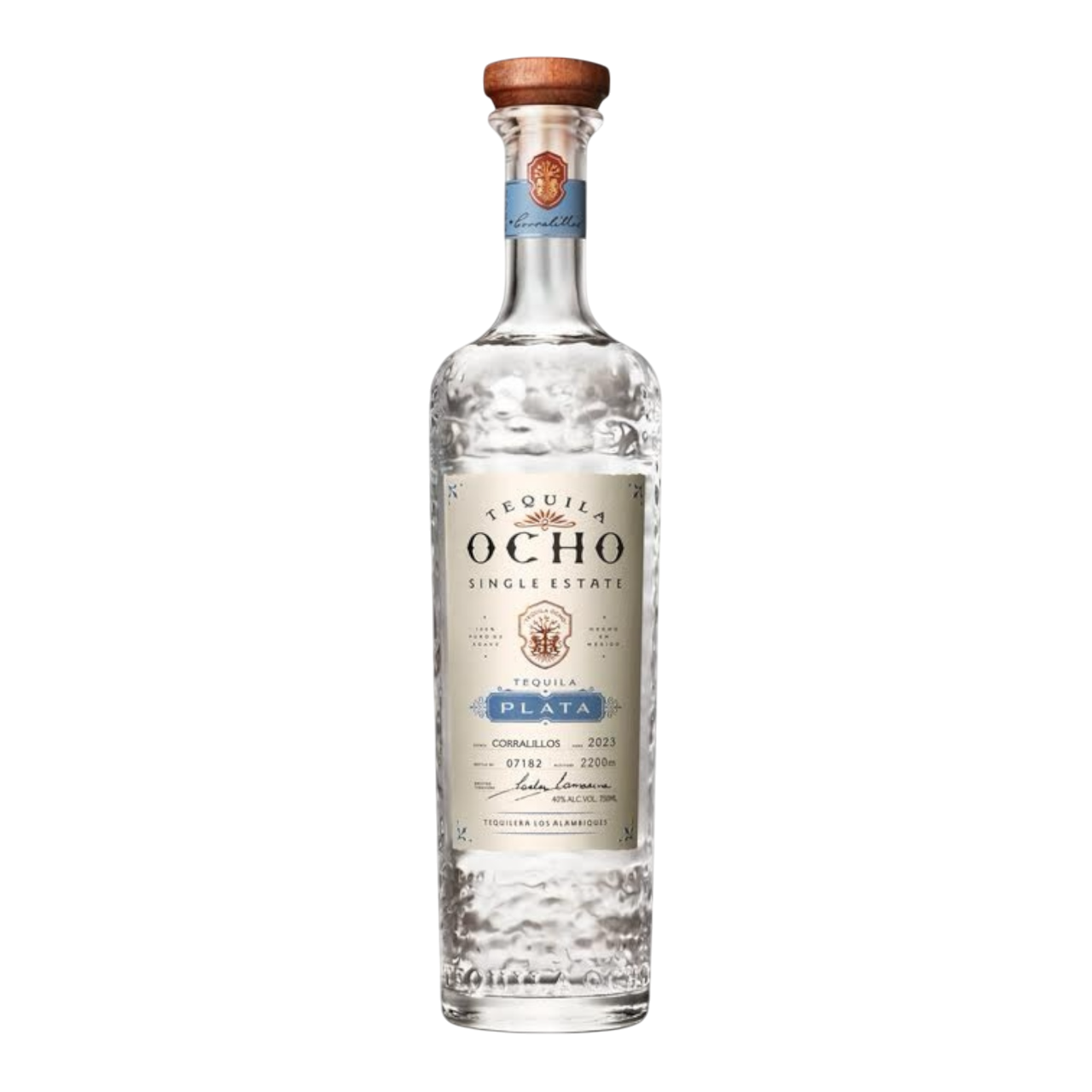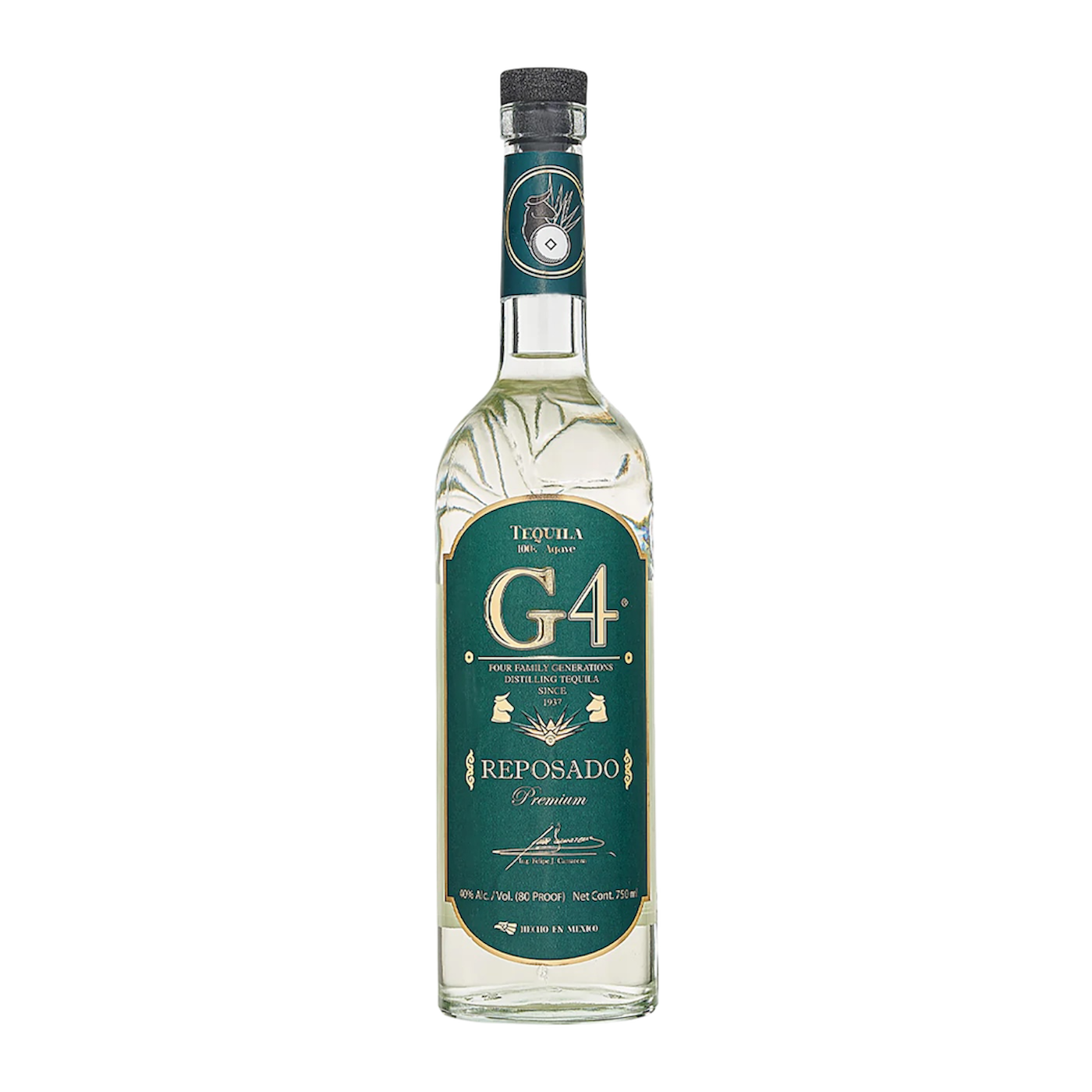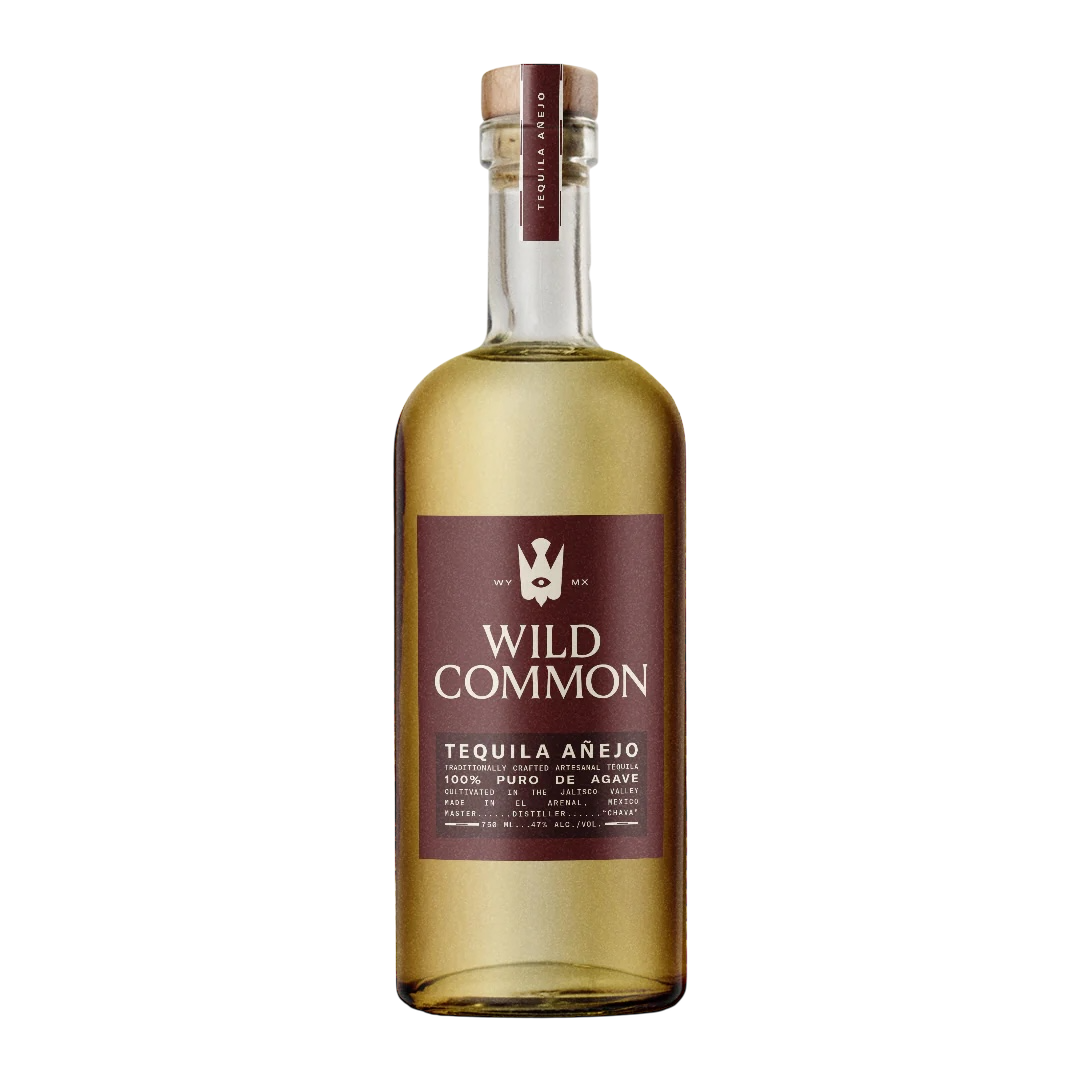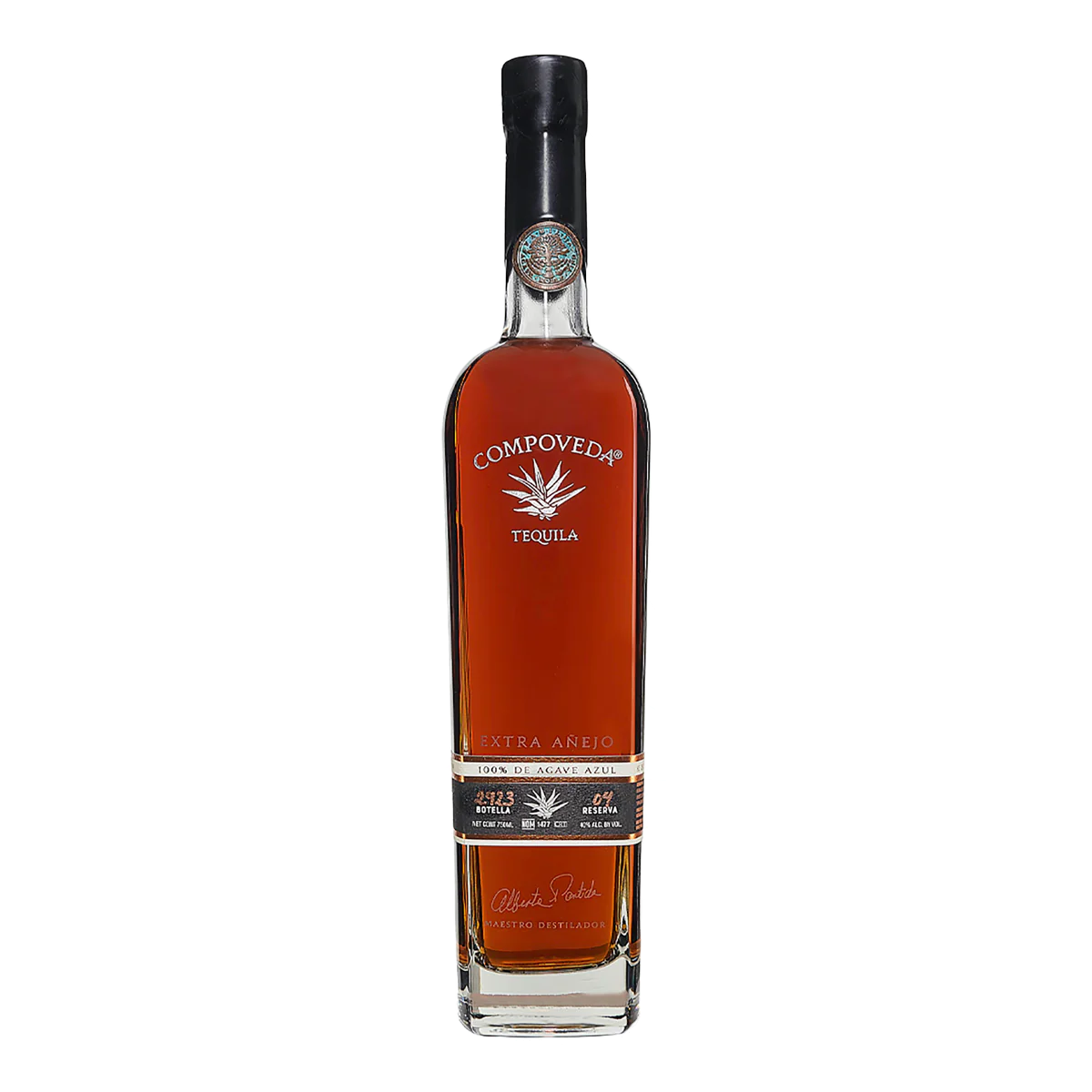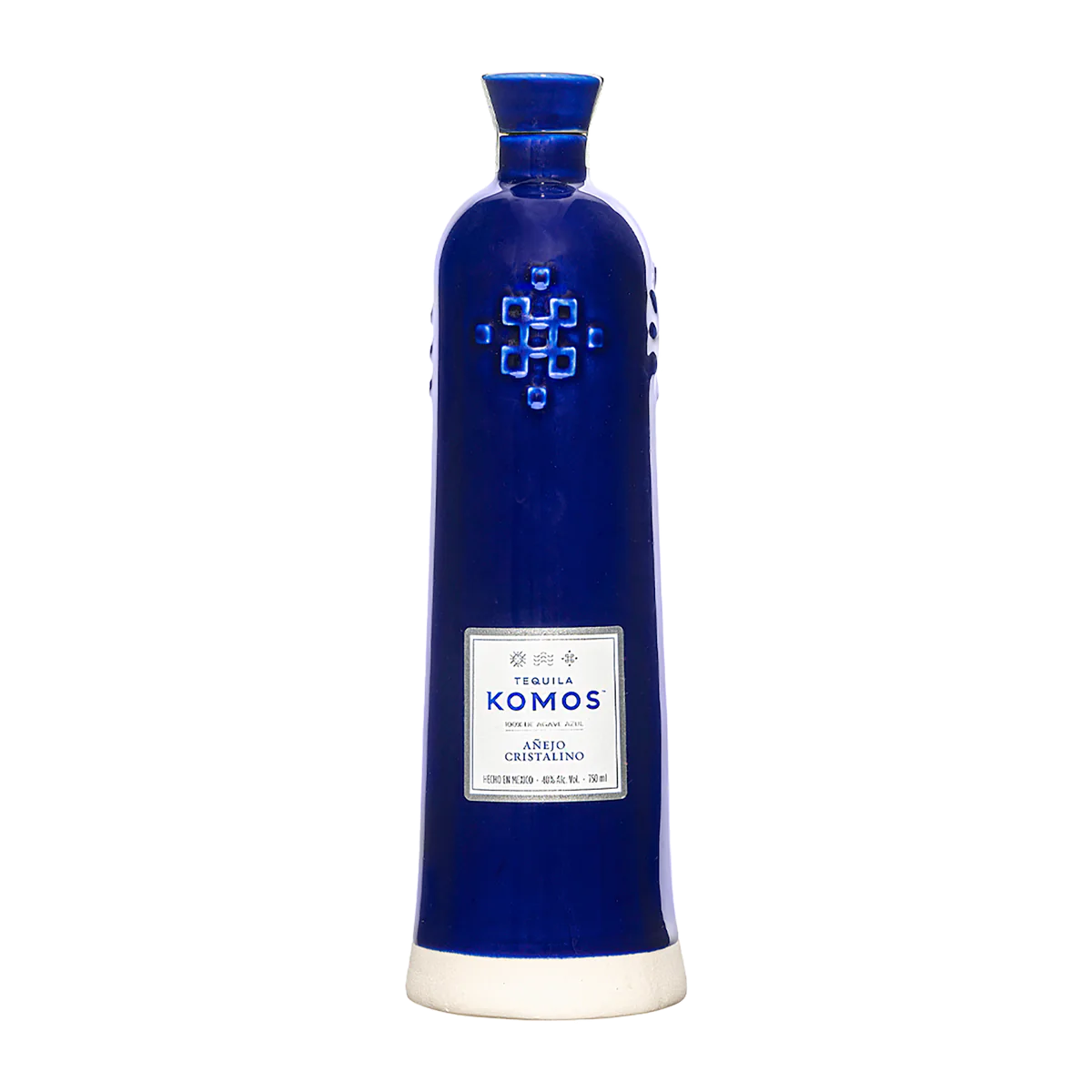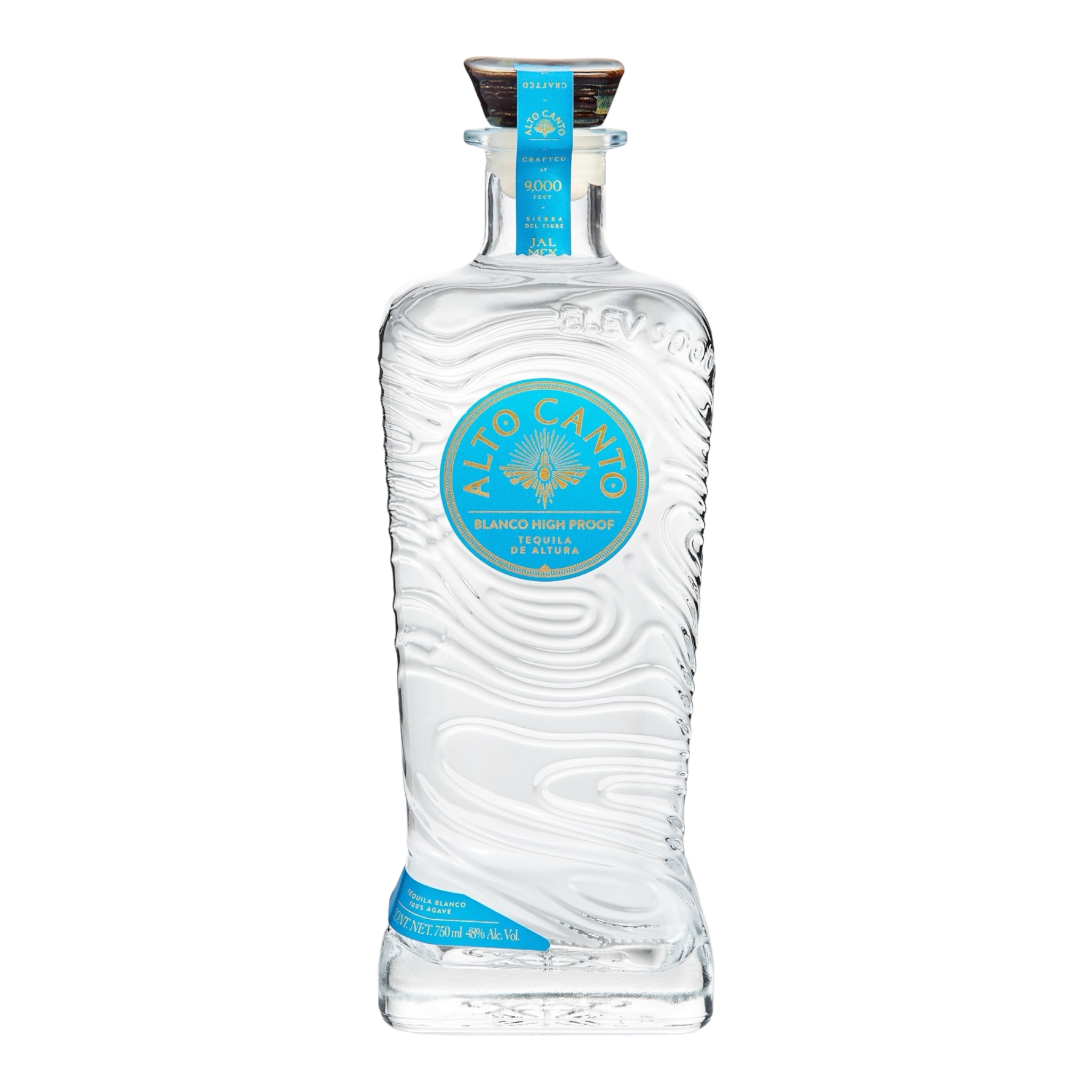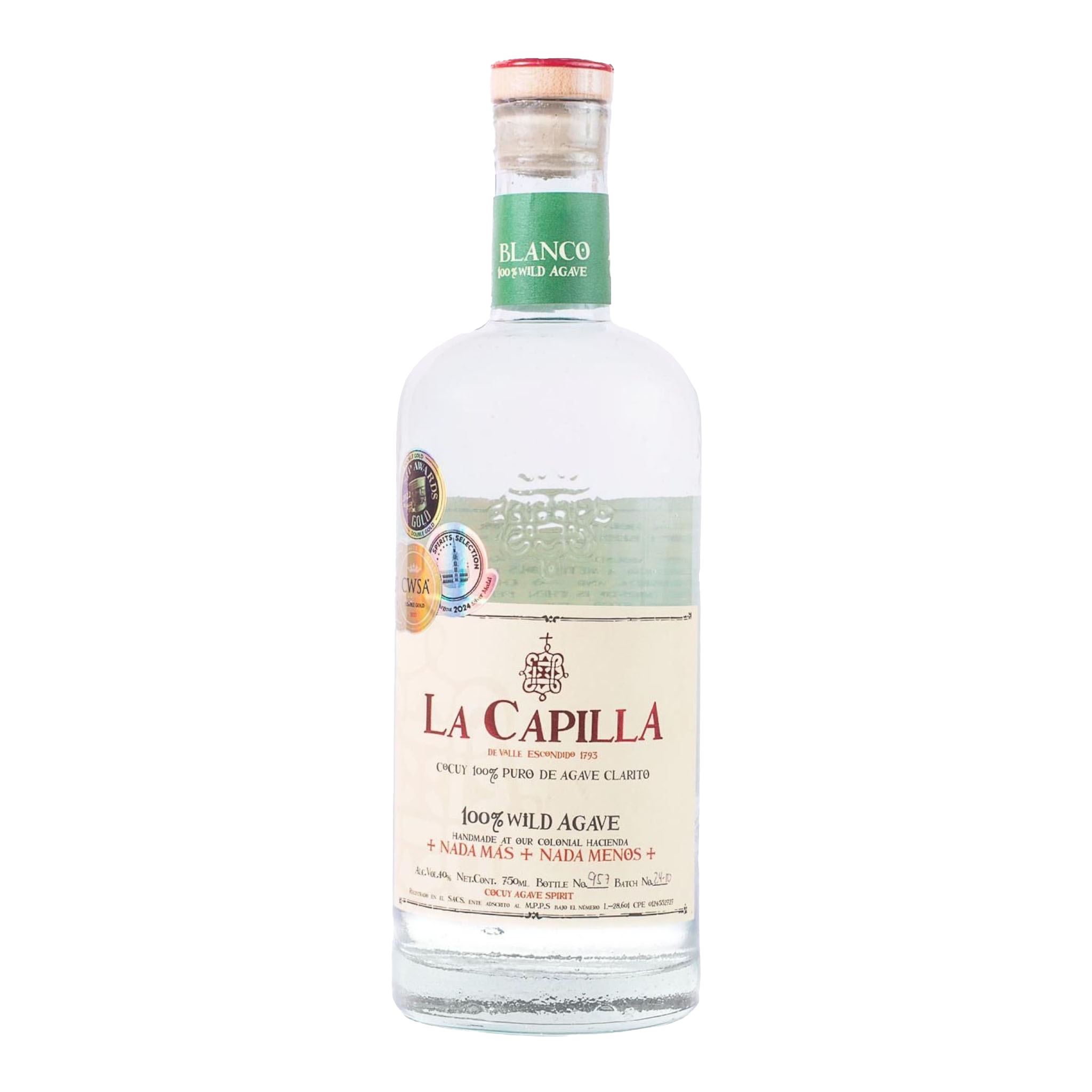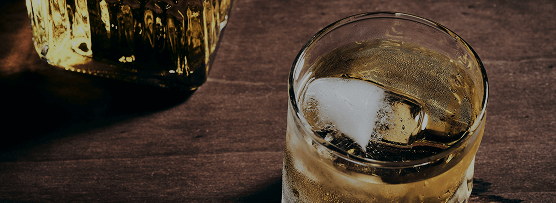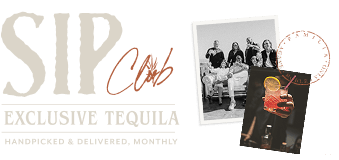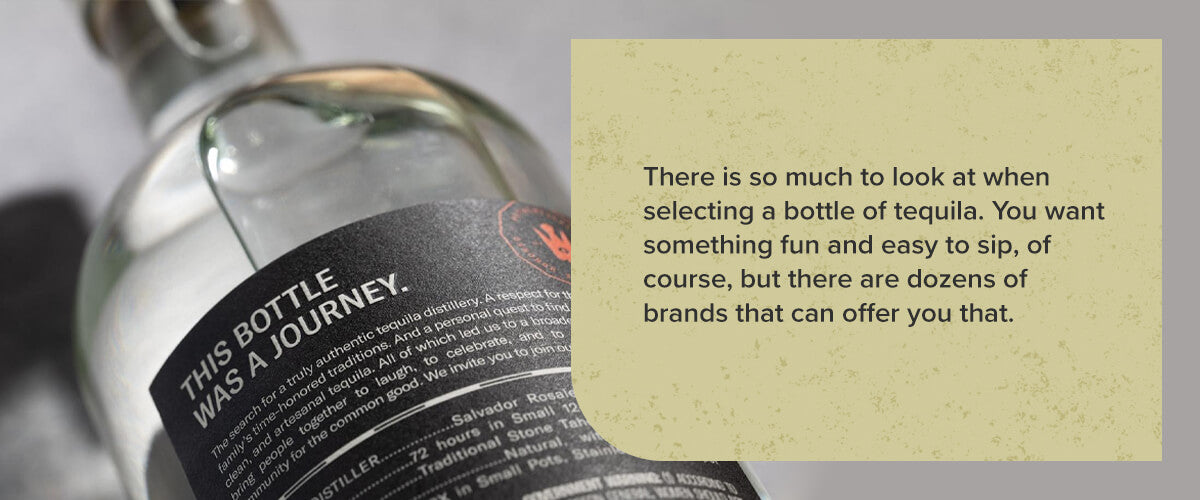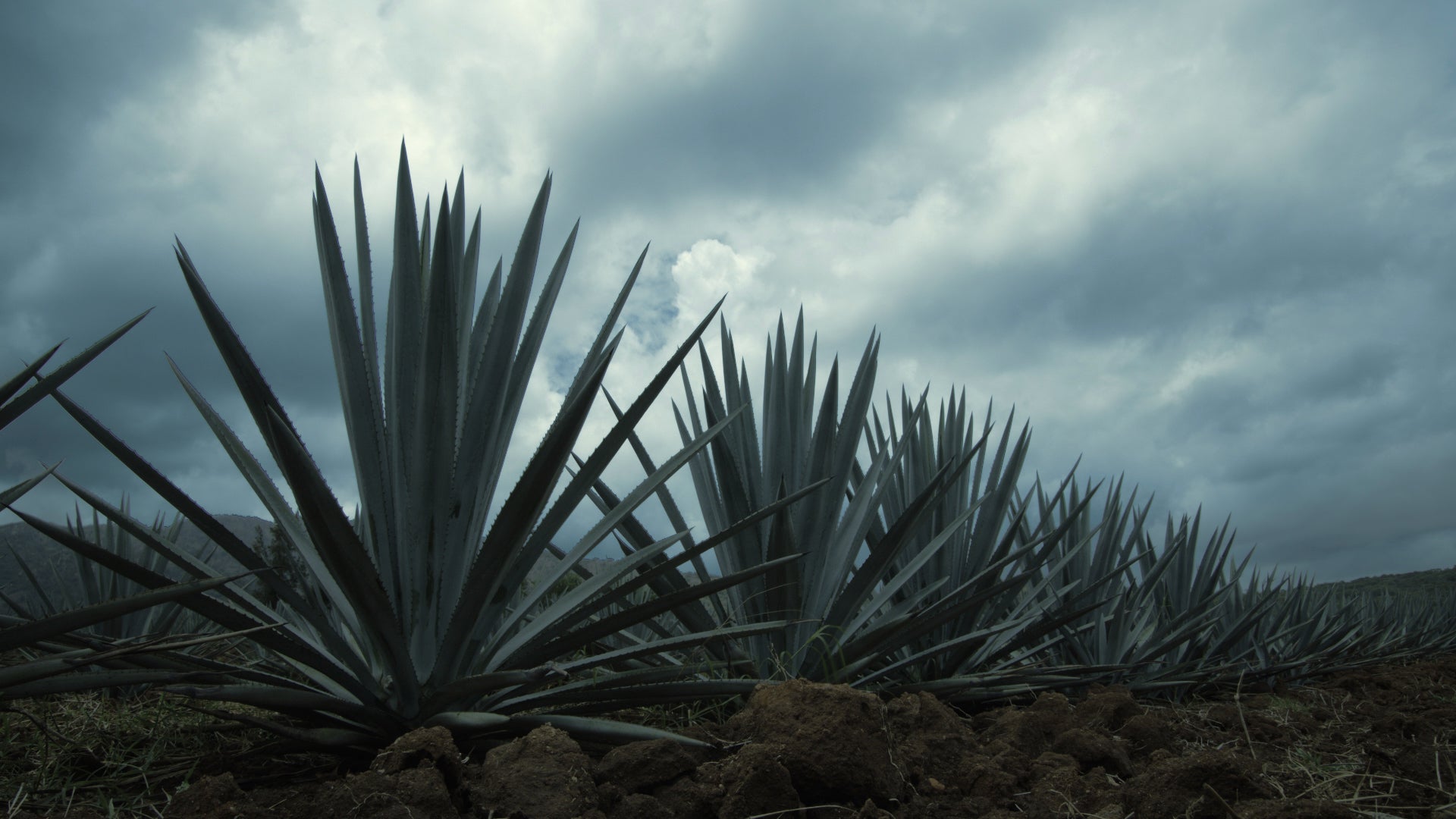There is so much to look at when selecting a bottle of tequila. You're looking for something fun and easy to sip, of course, but there are dozens of brands that can offer you that. What about the source? The alcohol content? The type? Tequila has much more variety than most people realize. Thankfully, every bottle you pull off the shelf or read about online comes with its own map-on-a-bottle. Here is a list of required elements on a tequila label to help sort through the noise and focus on what really matters.
The Consejo Regulador del Tequila (CRT) requires the following to be on all tequila labels:
NOM (distiller registration number): When a brand registers its tequila with the CRT, the CRT will determine whether the product really contains tequila. If it does, CRT will assign it a Norma Oficial Mexicana (NOM) identifier. Seeing this stamp on your bottle ensures that there is, in fact, tequila in the container. While it is no guarantee that the only spirit or ingredient in the bottle is tequila, every bottle that claims to be 100% agave tequila must have this identifier on the bottle label.
Purity: Only 100% agave is labeled as such- if it doesn't say it is 100% agave on the label then it is a mixto. *Note that since the shortage in 1999-2000, several companies have changed their 100% agave products into mixto to keep prices low. Terms like “100% natural,” “100% Mexican,” “100% natural product,” “100% aged” or other similar statements are prohibited.
CRT: Indication the Tequila Regulatory Council has certified the product - not a guarantee of quality, however - simply that the CRT has approved the process at the company's site and it meets the legal requirements. Since the CRT also regulates NOM identifiers, these two requirements are usually close together on the label.
Lot or batch: Every batch or lot of tequila a brand makes is closely monitored for quality and uniformity from the moment it's made. Each bottle must be engraved or stamped with the coded identification of the lot to which it belongs. This can help seasoned tequila drinkers understand why one bottle of their favorite brand's drink may have slightly different notes than another.
The brand (name) is not any real indication of who makes the product, so a good NOM list is an absolute necessity to know who the players are. With contract distilling at an all-time high, we only source boutique brands from small distilleries, places where you can visit, see and meet the people behind the product. We like tequilamatchmaker.com as a handy reference to tell the difference between craft tequila and tequila factories that just slap a label on a bottle to build a brand.
Distiller's name and address: This is not always shown in full on the front and sometimes only indicates a town and state. This may be the parent company's or corporation's address, or the administration office. Smaller brands are more likely to list the location where the magic happens, so to speak, allowing you to look it up and see exactly where your favorite drink originates.
Brand name: Usually accompanied by a graphic or a logo and a trademark identifier such as ® or “MR”™.
Hecho en Mexico: Made in Mexico. All 100% agave tequilas can only be made and bottled in Mexico. It can also say "producto de Mexico" or "elaborado en Mexico." Hecho a mano means 'handmade' and is not an official term but usually indicates traditional or artisanal production processes.
DOT: Denomination of origin (tequila) number, indicating compliance with Mexican regulations regarding where the product was made. This is not on all labels.
Any warning statements: Statements set forth in health legislation or any information required by other legal provisions applicable to alcoholic beverages.
Of course it should also say "tequila" on the label - otherwise it could be anything inside the bottle. But the word 'tequila' alone without 100% agave also means it is a mixto.
Some bottles may have a number to indicate the batch size and the bottle's number in that batch. This is not a requirement, but it may also indicate the size of any particular production.
The following four points of information must be listed on the main label panel so anyone can read them easily.
Type (tipo) or category of tequila: Various aging techniques have brought forth a variety of tequila types, like blanco, añejo and reposado. See our post on "Types of Tequila" to learn more.
The alcohol content: Tequilas in Mexico are usually 38-40% alcohol, but legally may be higher, up to 55%.
The volume: The size of the contents in milliliters (i.e. 200, 375, 500 or 750 ml) or liters.
You'll find all this information and maybe even more on every label in Sip Tequila's vast selection of bottles. See if you can spot them all when you browse our shop for your next exclusive beverage.
Last Updated on March 28, 2023 at 8:45am


